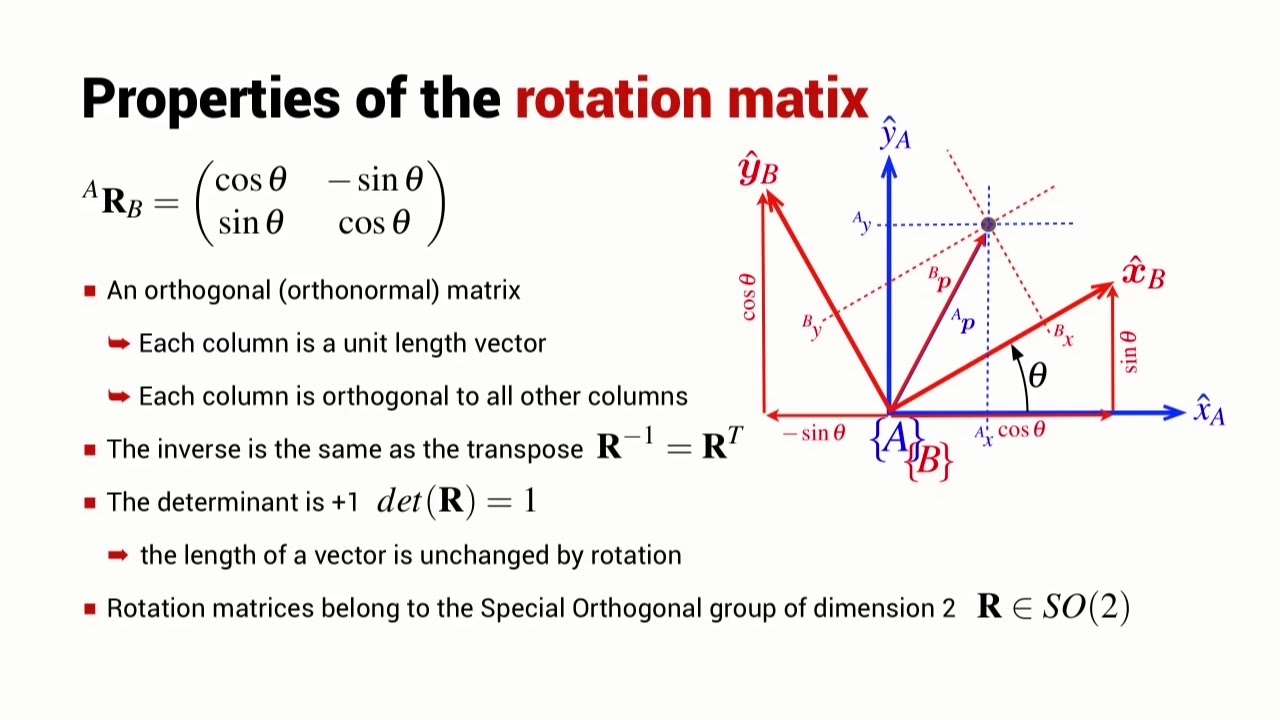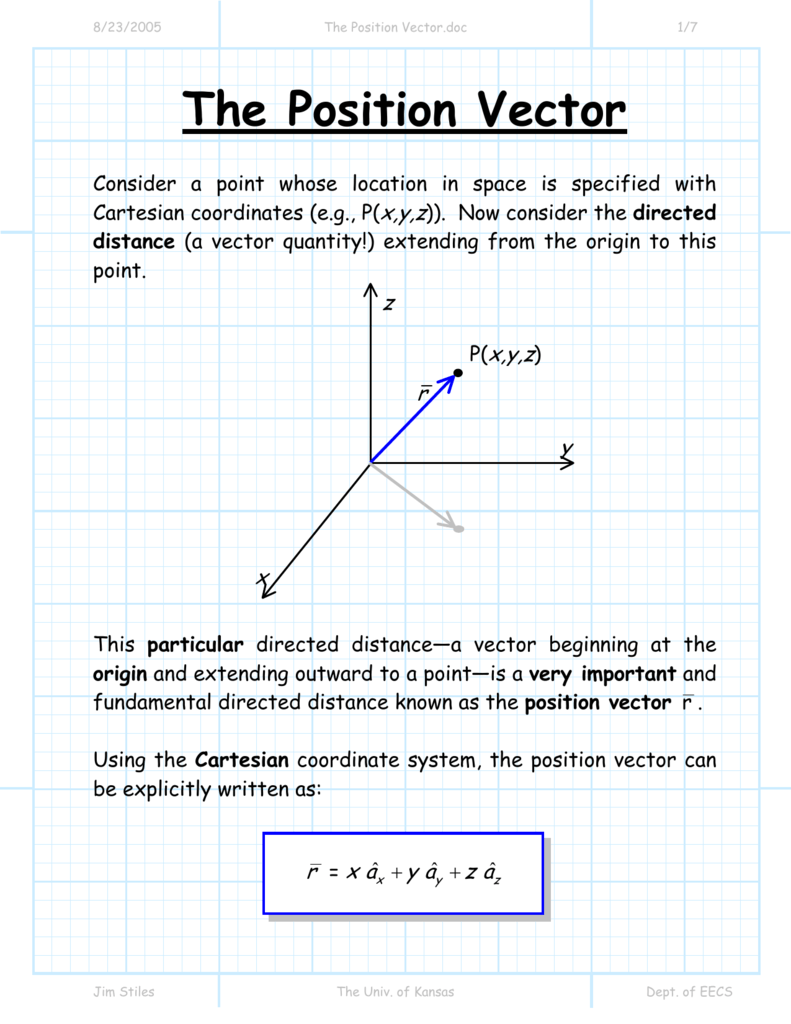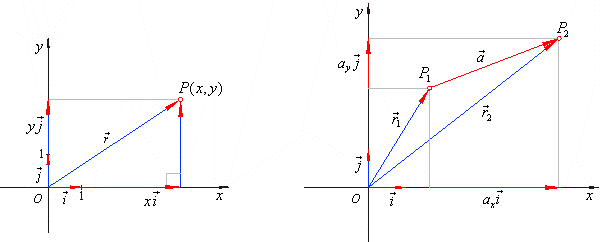
Moreover, our combining of 3D models with GPS-derived, ephemeris data pertaining to densely built-up areas constitutes a valuable input for real time, mobile applications like car navigation systems, personal navigation, fleet tracking, asset tracking and general, location-based services. We exploit high-resolution satellite data (Cartosat-1 and Geoeye-1) along with high-density elevation information, and we ultimately reduce the need for full-scale surveys and so minimize costs and time. Our approach uses a GIS, combined with a freely available Global Navigation Satellite System (GNSS), to accurately predict pseudo satellite locations before building three-dimensional models of buildings from their footprints.
Vector 2d cordinatee code#
This paper seeks to correct the situation by outlining an advanced, semi-global matching technique which derives a Digital Surface Model (DSM), depicting the topography model of the earth surface for any study area. Vector transformation (geog2D domain) has 5 steps: (i) geographic 2D coordinates are converted to 3D using EPSG coordinate operation method code 9659.
Vector 2d cordinatee software#
–Although inter visibility analysis between a GPS receiver and visible satellites is crucial for any real-time route navigation, traditional, mission-planning software does not incorporate it – they simply assume that the earth is flat. distance_to ( v2 )) print ( 'v1 as polar vector, (r, theta) =', v1. y ** 2 ) def distance_to ( self, other ): """The distance between vectors self and other.""" return abs ( self - other ) def to_polar ( self ): """Return the vector's components in polar coordinates.""" return self. y % scalar ) def _abs_ ( self ): """Absolute value (magnitude) of the vector.""" return math. Various 2D Vectors Now, those are not actually vectors yet as we still have to reduce them down using their start and end coordinates. I’ll go into much more detail on this point in a later chapter, describing the relationship between different coordinate systems, but for now I just want you to appreciate that any way to describe vectors numerically depends on your choice of basis vectors. y / scalar ) def _mod_ ( self, scalar ): """One way to implement modulus operation: for each component.""" return Vector2D ( self.

y ) def _truediv_ ( self, scalar ): """True division of the vector by a scalar.""" return Vector2D ( self. _mul_ ( scalar ) def _neg_ ( self ): """Negation of the vector (invert through origin.)""" return Vector2D ( - self. y * scalar ) raise NotImplementedError ( 'Can only multiply Vector2D by a scalar' ) def _rmul_ ( self, scalar ): """Reflected multiplication so vector * scalar also works.""" return self. y ) def _mul_ ( self, scalar ): """Multiplication of a vector by a scalar.""" if isinstance ( scalar, int ) or isinstance ( scalar, float ): return Vector2D ( self. y ) def _add_ ( self, other ): """Vector addition.""" return Vector2D ( self.

_matmul_ = dot def _sub_ ( self, other ): """Vector subtraction.""" return Vector2D ( self. The coordinates of the zero vector are (0,0,0), and it is typically represented by 0 with an arrow ()at the top or simply 0. A unit vector is the product of a vector and its magnitude. y # Alias the _matmul_ method to dot so we can use a b as well as a.dot(b). Vectors find their application in science to describe anything that possesses both a direction and a magnitude. Both must be vectors.""" if not isinstance ( other, Vector2D ): raise TypeError ( 'Can only take dot product of two Vector2D objects' ) return self. y )) def dot ( self, other ): """The scalar (dot) product of self and other. A blind robust watermark approach for authentication 2D Map based on random table and polar coordinates mapping is presented and is robust against a various.

y ) def _repr_ ( self ): """Unambiguous string representation of the vector.""" return repr (( self. y = x, y def _str_ ( self ): """Human-readable string representation of the vector.""" return ' j'.

Import math class Vector2D : """A two-dimensional vector with Cartesian coordinates.""" def _init_ ( self, x, y ): self.


 0 kommentar(er)
0 kommentar(er)
